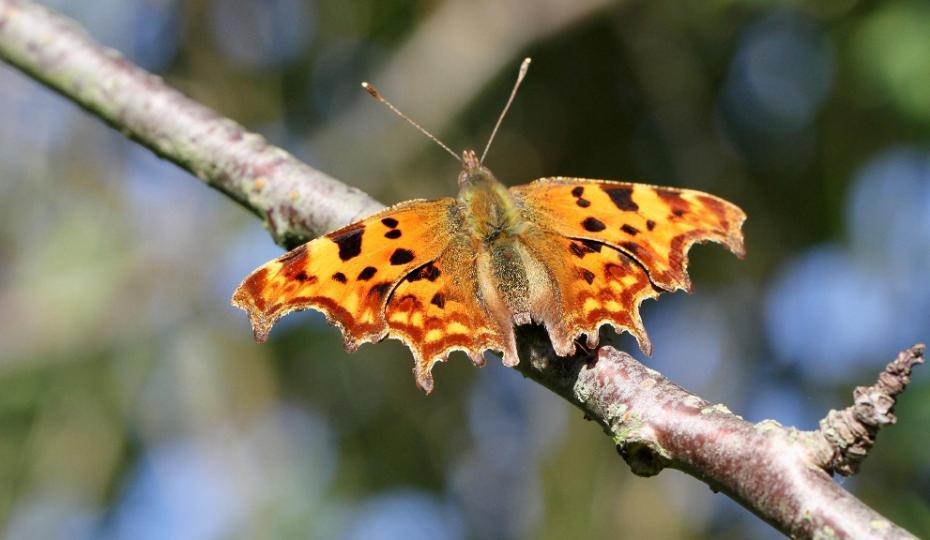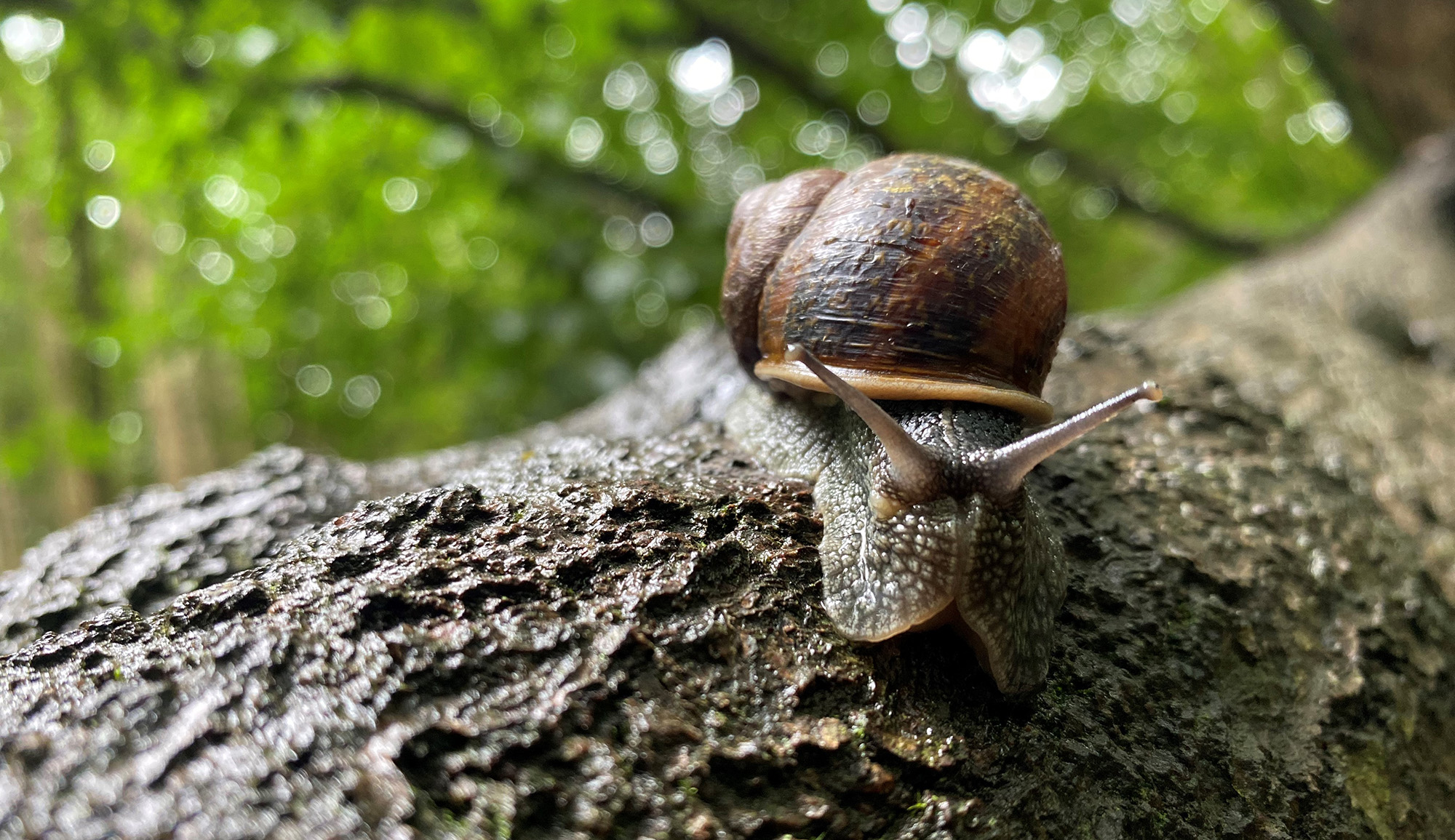Enhancing Biodiversity
/prod01/prodbucket01/media/durham-university/campaign-sites/biodiversity-strategy/Robin2-1919X640.jpeg)
Biodiversity strategy
We take our duties as a centre of learning, neighbour and employer seriously, and strive to make a positive impact in the world.
Enhancing Biodiversity at Durham
Durham University is situated within a highly biodiverse environment. Discover more about how we are intending on measuring, maintaining and enhancing biodiversity across our 251ha of land at Durham.
At Durham University we want to deliver excellence in education, research and wider student experience in the most sustainable way possible, and biodiversity is key to this.
Biodiversity Targets and Successes
We have set a target to achieve Biodiversity Net Gain by 2032 against a 2018 baseline. Calculating that baseline developed our understanding of our estate and enabled the setting of targets around species and habitats.
Our ambitious Strategy has already delivered results, including attracting breeding barn owls, trialling different approaches to wildflower meadow creation, re-introducing Black Poplar, the rarest tree in the UK, and achieving ‘Platinum’ accreditation from Hedgehog Friendly Campus.
We are delighted that our Biodiversity work is being recognised and proud of recent awards we have won, including the Green Gown Awards (GGA) for the Nature Positive category – both a Finalist in the UK and Ireland Awards and Highly commended for the International awards.
We were also pleased to become one of founding members of the Nature Positive Universities Alliance which was established at the UN Biodiversity Conference (CBP-COP15) in Montreal, Canada. Read more about the Nature Positive Universities Network and the opportunities it brings to collaborate with universities global on nature restoration and preservation.
To read more details, visit Recent Progress on Biodiversity
More about biodiversity at Durham
Our Biodiversity Strategy for 2022-2032 is the culmination of many years of work by our staff and students. Here at Durham, we have an enviable green and biodiverse Estate, with fascinating wildlife on the doorstep of almost all departments and colleges.
We already undertake much work to maintain our biodiversity assets, and as a result, in 2022, became one of the founding members of the Nature Positive Universities Network, which was established at the UN Biodiversity Conference (CBP-COP15) in Montreal, Canada.
Hedgehog Friendly Campus
Did you know we're a Hedgehog Friendly Campus? We successfully gained the top ‘Platinum’ Accreditation from the Hedgehog Preservation Society for the Academic Year 2023/24.
Are you curious to find out more?
We invite you to read our brochure which provides a flavour of some of the key biodiversity attributes of the University Estate, and types of work we will undertake over the next decade to ensure the University-managed land around Durham remains in a healthy state for biodiversity.





/prod01/prodbucket01/media/durham-university/campaign-sites/biodiversity-strategy/Toad---NZ2760341091-1-1500X900.jpg)
/prod01/prodbucket01/media/durham-university/campaign-sites/biodiversity-strategy/Sallow_Kitten_02_15.04.2020_Stu_Brooker-1500X900.JPG)
/prod01/prodbucket01/media/durham-university/campaign-sites/biodiversity-strategy/Wood_Anenome_in_woods-1000X600.jpeg)
/prod01/prodbucket01/media/durham-university/campaign-sites/biodiversity-strategy/European_Otter-1000X600.jpg)
/prod01/prodbucket01/media/durham-university/campaign-sites/biodiversity-strategy/Bluebells-1500X900.jpg)
/prod01/prodbucket01/media/durham-university/campaign-sites/biodiversity-strategy/reed-bunting-1500X900.jpeg)
/prod01/prodbucket01/media/durham-university/campaign-sites/biodiversity-strategy/Hedgehog-2-1-1500X900.JPG)
/prod01/prodbucket01/media/durham-university/campaign-sites/biodiversity-strategy/Barn-Owl-2-1-1500X900.jpeg)
